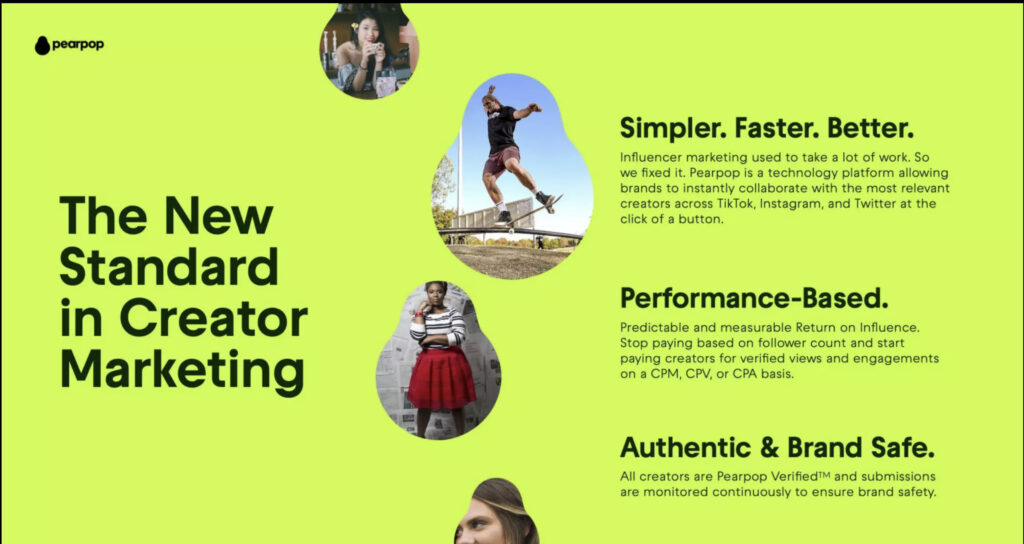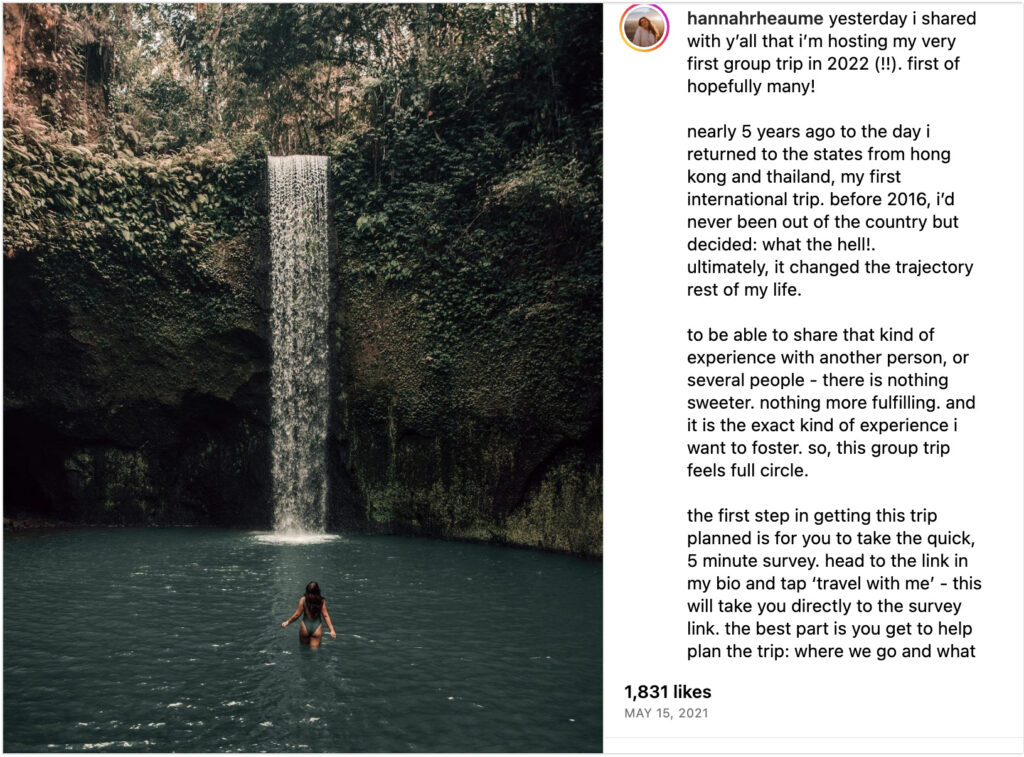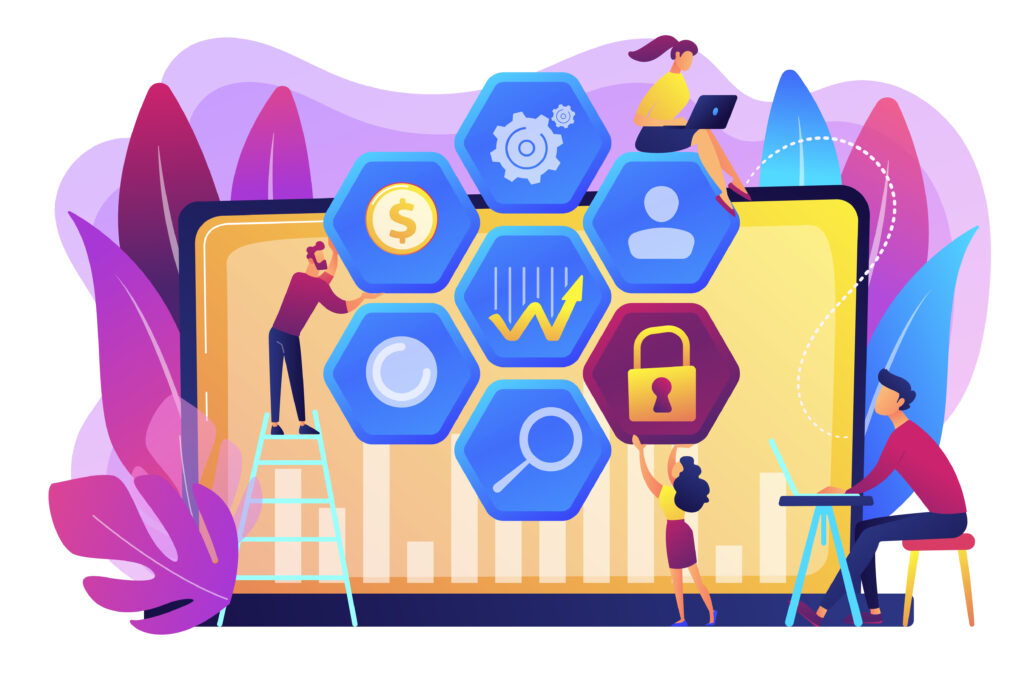Summary: This blog aims to explore the broader (not mainstream) Indian influencer ecosystem. I cover current trends, monetization scale, challenges, and new opportunities. In 2021 I spent time speaking and meeting with creators & influencers and agencies to gain a deeper understanding of the ecosystem. This blog is based on those notes and other secondary research that I conducted.
To learn more about the diverse content creator ecosystem, please check out my other blogs on live entertainment streaming and live game streaming.
Who are the Influencers?

While we are all familiar with well-known creators like Kusha Kapila, Dolly Singh, and Tanmay Bhat, it is important to have a broader understanding of the Indian influencer ecosystem.
- Although no official figures exist, India is estimated to have between 80 to 100 million creators according to various online portals. The explosive growth in the creator phenomenon is due to the short video format.1
- The majority of (Insta+FB+Youtube) influencers hail from Delhi (25%) and Mumbai (21%), while Bengaluru (8%) and Kolkata (6%) contribute a smaller share. It is clear that the creator phenomenon is more prominent in urban areas, at least for the moment.2
- It came as a surprise to me that 60% of influencers and creators are male, according to multiple reports. I was expecting the female ratio to be higher, probably due to my bias towards fashion and beauty.
- Interestingly, 80% of Instagram influencers in India have less than 100,000 followers, with 55% having fewer than 15,000. This is a very interesting data point.
- Equally surprising was that Indians (including non-influencers) upload 6 million reels every day on Instagram.3
- Most influencers start content creation as a side gig or hobby, often relying on their parents’ financial support or holding a full-time job, usually in a back-office capacity. It is important to note that this dynamic sets the Indian ecosystem apart from the West, where content creators want to earn from day one as most live independently.
- Influencers and content creators spend 24 hours a week just managing their accounts, responding to followers, promoting brands, chatting, and creating stories, among other tasks.4
Monetisation
When it comes to creating content, short videos are a great place to start. However, making money from them is a different story, and influencers often face significant disparities in monetization.
- While there are no official numbers, it’s generally accepted most influencers don’t make enough to support themselves. Globally, 10-15% of creators make up almost 80% of total income. In India, the situation is even more extreme, with estimates suggesting that 90-95% of influencers don’t earn any money.5
- Top social media influencers in India can earn anywhere from INR 1.5 Lakh to INR 10-15 Lakh per month, with some earning as much as INR 2 Cr per month, similar to the earnings in traditional content industries.6
- Many influencers aim to reach a certain number of followers (100,000), and those who haven’t reached it yet focus on creating content. They do barter deals with small brands or anyone else to get an opportunity to create content.
- Influencers having fewer followers (below 20,000) with high engagement rates may land brand deals, but consistency of such deals can be an issue.
- Brands often hesitate to collab with small influencers, not because they don’t value engagement, but because of concerns about fraud and fake followers. Up to 50-60% of followers could be fake, which makes brands more likely to work with larger influencers (as fake follower is true even there, but large numbers overall make it attractive).7
- According to Forbes India, the top source of revenue for influencers is brand promotion, making up 40% of their income. Additionally, 15% of influencers promote affiliate programs through their accounts.4
- Influencer marketing is heavily used by new-age D2C brands and e-marketplaces, but there’s no guarantee of consistent opportunities. Also, relying on one brand or marketplace for monetization can be risky for influencers. Followers may become bored with similar content, decreasing engagement and thus overall hurting the growth prospects of influencer.
Influencers worldwide face similar challenges. However, these challenges are more severe in India. The power law of influencer monetisation shows that additional revenue streams are necessary to make content creation a sustainable livelihood for the missing middle class of influencers.
Trust & Other Challenges
Trust issues in the influencer ecosystem affect both parties brands & influencers.
- Brands have concerns regarding fake followers and whether influencers adhere to guidelines for promotional work. It can be difficult to track compliance, causing many brands to outsource this responsibility to agencies. Small brands I spoke to reported being misled by influencers, with barter deals resulting in little content.
- One common issue that influencers have with brands is the lack of transparent sharing of transaction data. As a result, the trend has shifted towards paying for discovery or engagement instead of transactions, as these metrics are provided by the platform (e.g. Instagram, YouTube).
- On the platforms front, influencers face challenges arising from constant algorithm changes, unclear content guidelines, and ever-decreasing organic reach. These issues can cause account bans and loss of audience.
Other problems, like account hacking and fake profiles, make things even more complicated. Influencers often receive little to no support from platforms when dealing with these problems, leaving them feeling vulnerable and frustrated. The lack of assistance makes it necessary for influencers to spread their presence across multiple platforms, to mitigate risks and ensure they have a broader range of channels to engage their audience.
Opportunities For Incremental Revenue Generation
Creators/influencers don’t need more distribution, they need more income. Based on above challenges and from developed models of west, we brainstormed potential opportunities in the Indian Influencer space for startups (to either provide incremental incremental or help in other ways).
Thinking from first principles, possible avenues are – making it easy to sell their content, or sell their time/service and/or sell products and making it easy to help each other. Below we look at each of these.
This is not a comprehensive list, and I totally understand that some of these are ahead of time/market in India (given our small market size and/or paying power).
Enabling Creators to Monetize Their Content
- PearPop is a two-sided marketplace that simplifies and automates influencer-led campaigns for brands and businesses.
- Brands publish challenges on Pearpop and it aggregates influencers to complete. Influencers then upload their reels/shorts on various platforms and Pearpop tracks responses via hashtags. Whole process is automated (and with ML/AI one can do a lot more in future).
- Brands can track progress and make payments and influencer can track payments through a dashboard.
- This platform effectively targets small or mid-sized influencers. It provides a good incremental income stream to influencers.
- Pearpop takes a cut from completed campaigns and may charge subscription fees.
- Risk is what if the platforms launch their own marketplaces, like Bytedance in China.
- Worth trying in India, but monetization may be an issue. One can further extend this model to other areas like providing affiliate access for D2C brands and so on. Idea should be to solve end to end (access to deals/challenges, aggregation of right influencer/audience, automatic tracking to ensure compliance, analytics and easy payments)
- PS: You can read the Pearpop pitch deck here (I can’t verify if it’s authentic).
Enabling Creators To Monetize Their Time/Service
- Travel is a research-driven category, with people reading about destinations, asking friends for advice, or hiring a travel agent. SEO helped many online travel agents and bloggers attract traffic and generate affiliate revenue.
- YouTube, Instagram, and TikTok have made travel influencers incredibly popular. But how do they monetise beyond brand deals?
- One potential solution is to connect travel companies (hotels, other travel agents, flight companies, etc.) with influencers, via a two-sided marketplace.
- Like PearPop, campaigns can be launched by travel companies (e.g. promoting a 3-night stay for a particular weekend).
- Influencers can then opt-in and receive a personalized link (which supports payments, inventory tracking etc) that they can share on their Instagram Reels or as a link-in-bio.
- This ensures a seamless user experience and end-to-end tracking for both travel companies and influencers.
- Another avenue to is a two sided marketplace which enables influencer hosted group tours.
- Young urban crowd enjoys activity-oriented group tours (such as scuba diving together) and doesn’t prefer the traditional travel agent.
- In influencer-hosted group trips, participants are likely to enjoy the same travel style, as they follow the same influencer.
- A travel company can organize these tours, and the influencer can act as the de facto guide and whole transaction can be facilitated by a saas led 2 sided marketplace.
- Platform can add significant value to group tours by managing bookings, offering basic CRM, sharing itineraries, facilitating chat, and more.
- This provides revenue for influencers and fosters a sense of community with their audience.
- For reference: companies like Thatch or TrovaTrip are doing similar stuff as above.
- This concept can be extended to other categories where group activities are possible. For instance, cooking influencers, beauty influencers etc can host hyperlocal events (albeit at a smaller scale than travel).
By tapping into these opportunities, influencers can diversify their revenue streams and strengthen their relationships with their followers.
Enabling Creators To Monetize Through Products
- One potential avenue for generating incremental revenue for influencers or creators is the creation of an influencer-led marketplace. This enables consumers to shop for unique products directly from their favourite influencers.
- Marketplaces such as Poshmark and Depop have become popular in the US by enabling customers to purchase pre-owned fashion. In late 2019, influencers started selling their pre-owned fashion items through Instagram, which became a hit.
- A SaaS platform (or a marketplace) could connect brands and influencers, streamlining the process and providing an added layer of trust for customers and brands worried about authenticity and counterfeit sales. This would benefit mid-size and smaller influencers as well. Check Reliked-ShopInfluencer
- Although secondhand fashion has not been popular in India, buying pre-owned items from admired influencers can help develop personal style, while also breaking the stigma often associated with secondhand items.
- Also, many influencers sell their excess clothing informally. In my conversations with fashion influencers, I noticed that they often showcase 30-40 dresses in weekly hauls and sell them at discounted prices to local retailers. Formalizing this process could unlock potential revenue for influencers of all sizes.
- Another option is to modify the Meesho reseller model for influencers, which is what Raena Beauty did in Indonesia. Raena allows resellers and influencers to source and dropship branded beauty products to their customers.
- On similar lines, GlobalBelly, a YC20-cohort startup, allows consumers to buy recipes and ingredients from their favorite baking influencers.
- In China, viewers can book an influencer’s time for fashion or shopping advice via a platform. This model turns influencers into personal stylists and provides them with a stable income through subscription plans.
Standardizing the process and addressing trust issues can help explore the potential for such models to succeed in India at scale (given the challenges of social commerce).
By taking the right approach, influencers can monetize their recommendations and expand their revenue streams.
Enabling Better Discovery
- Small and mid-sized influencers often face dependency on social media platform algorithms for content discovery, which can be problematic due to frequent algorithm changes and the declining organic reach amidst increasing competition.
- Senior influencers and creative professionals, such as editors and podcasters, I spoke to, receive numerous DMs from smaller creators requesting reviews or shares of their content. 2 issues here : spam and absolutely no incentive for the recipients to engage.
- Yashraj Mukhate achieved his breakthrough when Rohan Bhatt shared one of his reels, which Mukhate had sent to Bhatt via DM.
- A two-sided marketplace could address this need by aggregating experts who can review, provide feedback, and/or share creative work through their profiles, with clear terms and conditions in place to protect content copyrights.
- Experts can set their own prices for the services they offer, and interested users can utilize these services.
- This approach can promote content discovery, reduce spam, and protect against copyright violations.
- The concept can also be extended to non-creative fields, such as reviewing CVs and so on.
The frequency of usage is a challenge for this marketplace, which may create problems for the platform. We can brainstorm solutions for this, but the core problem is well established.
Enabling Better Collaboration
- Creators frequently collaborate with other professionals such as writers, editors, fellow creators, and music artists for their work, employing a variety of payment structures like flat fees or revenue sharing.
- Processing revenue share agreements each month can be time-consuming, taking away from creators’ focus on their creative activities. This is where StirPay comes in.
- StirPay addresses this challenge by streamlining revenue share agreements and facilitating collaborations more easily. They have currently partnered with YouTube but have the potential to expand to other platforms.
Overall, any interaction that requires trust or dependency between parties can be made more efficient through a SaaS solution or a marketplace, which can also assist with discovery.
There are definitely other opportunities possible also, but we focused on areas where revenue generation or its possibility is there. Feel free to share your thoughts or suggest new ideas by contacting me here or leaving a comment below.








